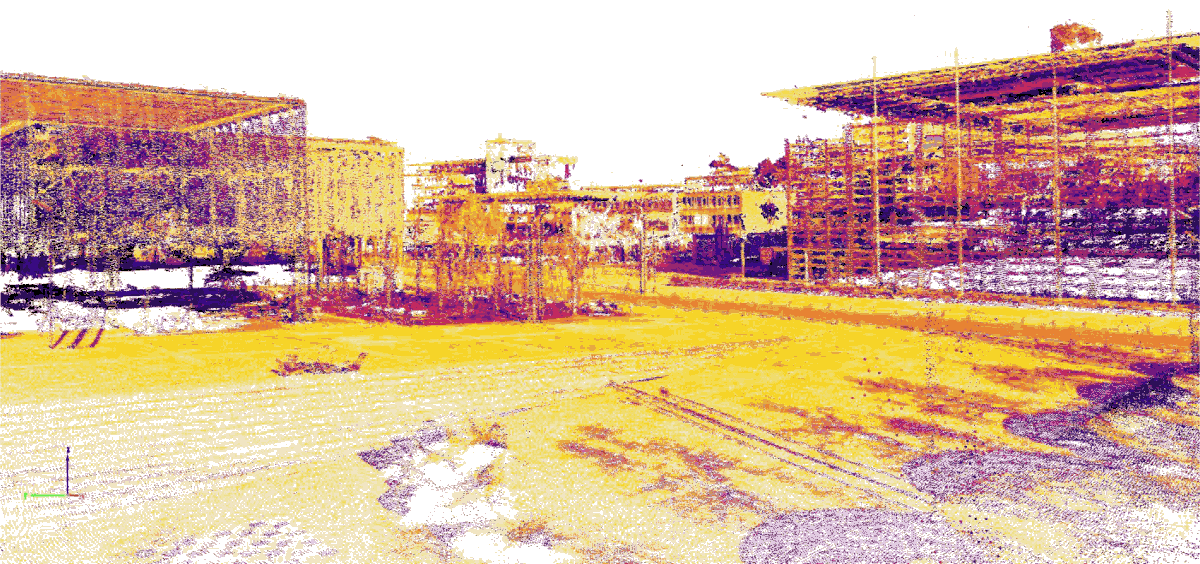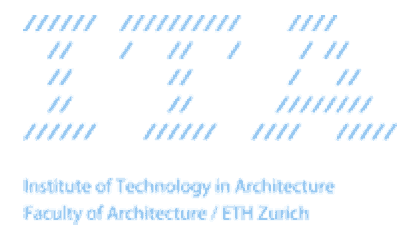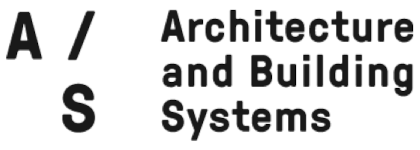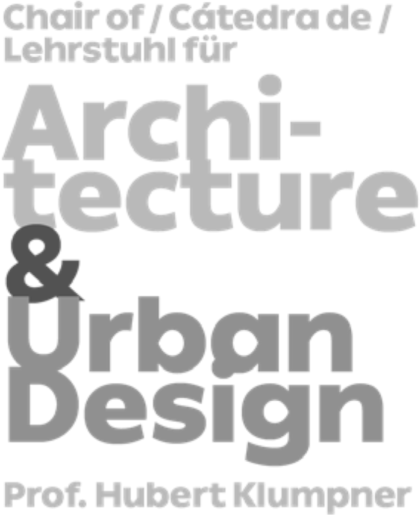One Daylight Urban Environment

Daylight Simulation Pointcloud of Campus Hoenggerberg, Dr. Michael Walczak, Suzana Lepanovic, Prof. Hubert Klumpner. Chair of Architecture and Urban Design, ETHZ, 2022.
By 2050, up to six billion people are expected to live in urbanising areas. Accelerating growth and increasing densification raise questions for architects and engineers, especially those whose work connects inside and outside spaces in the development of one climate neutral system. Challenges include the design of public, open, and green spaces, the provision of outdoor comfort, and the need for daylight control, among many more. Consequently, the shaping of urban environments requires an integrated understanding of various fields, especially those that focus on solar radiation, energy production, and heat/cold islands to mitigate climate change. Our capacity to shape daylight in urban transformation processes will decide if we will achieve Carbon Neutrality.
Provision of daylight – essential for our health and well-being for living and working – in such densified cities, where inhabitants spend an increasing amount of time indoors, is becoming an imperative for urban design. Inclusive urban environments require high degrees of social-environmental sustainability to provide a high quality of life to all people.
To make cities and human settlements more inclusive, safe, resilient, and sustainable we propose sharing key principles and analysis methods for exploring science, technology and policy. How can urban design of comfortable ‘inside-out’ environments reduce energy use and associated climate change effects? What factors decide the layout of a city? What is the role of daylight in urban design? How does it affect people, their behaviour, and their health? Where do people choose to spend their time indoors and outdoors, taking into account their mobility patterns? What are the qualities and quantities of daylight they experience in buildings, as well as the environmental qualities and programs of public spaces? And, how can urban planning create opportunities for daylight access in cities, whether it’s inside or outside of buildings?
Daylight assessments have been established in performance-driven design, however with a strong focus on indoor environments. Connecting inside and outside into one environmental system is at the core of the “Inside – Out” Daylight in Sustainable Urban Design Conference.
Organizing Committee
Prof. Hubert Klumpner
Professor of Architecture and Urban Design
Dr. Michael Walczak
Klearjos Eduardo Papanicolaou
Prof. Dr. Arno Schlueter
Professor of Architecture and Building Systems
Dr. Lars O. Grobe (Velux Stiftung Daylight Fellow)
Selection Committee
Prof. Hubert Klumpner
Professor of Architecture and Urban Design, LUS
Dr. Michael Walczak
Klearjos Eduardo Papanicolaou
LUS Institute for Landscape and Urban Studies NSL Network City Landscape
Prof. Dr. Arno Schlueter
Professor of Architecture and Building Systems, ITA
Dr. Lars O. Grobe
Velux Stiftung Daylight Fellow
ITA Institute of Technology in Architecture
Judit Solt, Dipl.-Arch. ETH SIA
Chefredaktorin TEC21 - Schweizerische Bauzeitung
Dr. Chantal Basurto
Renewable Energy Institute, National Autonomous University of Mexico
Partners:








Supported by:


